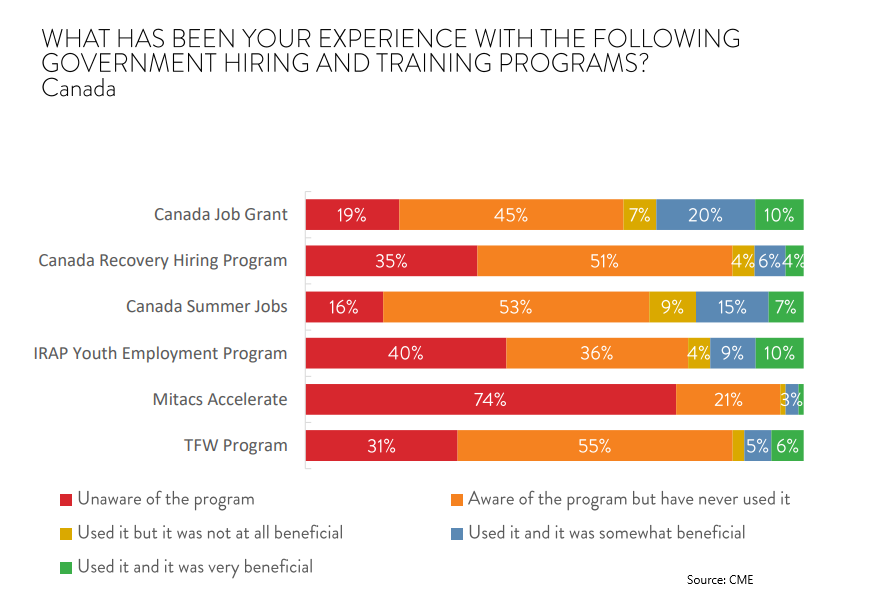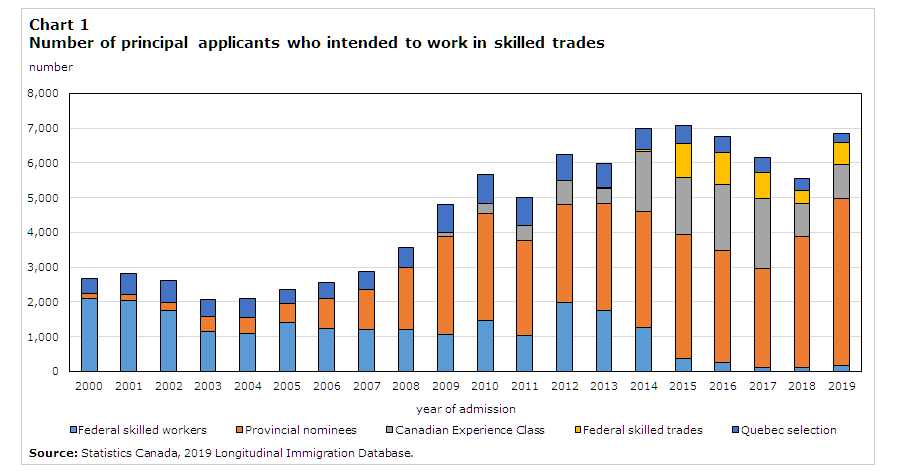76% of Canadians say they would never pursue a skilled trade for themselves according to a study by 3M. However, 92% think there is a lot of opportunity in the skilled trades. Behavioral economics.
Tradespeople make everything around you work, and possible. Unfortunately, there is still stigma wrestling between white and blue collar that is keeping too many people away from the sectors. Not enough people understand that the remuneration is higher in trades than with a general bachelor’s degree. The sky is the limit for those with entrepreneurial chops.
Retirees, lower replacement rates, and demand is a trifecta that will, without exaggeration, hold Canada back in many ways; economically and will create an artificial inflationary pressure in industries thus products.
According to the Canadian Manufacturers & Exporters survey skill shortages have cost the Canadian economy $13B. 82% face labour and/or skill shortages. 62% of manufacturers have lost, turned down, and faced production delays due to a lack of workers. 43% of companies postponed or canceled capital projects. 15% are considering moving some or all of their production outside of Canada.
And that is just looking back over the last year.
Manufacturers give government hiring and training programs, overwhelmingly, failure scores. It is a clear disconnect between the governments and industry that can not continue forward. The education system needs to have earlier participation with industry as well.
Closing the supply chain, manufacturing, new and aging infrastructure replacement is only possible with new labour development. That’s Canada’s functionality as a country we are talking about here. When lofty promises in this realm are touted by governments you should be asking where will the labour come from.
In 2021 30.2% of those employed with an apprenticeship in mechanic and repair technologies or welders were 55 years of age or older. 22.1% in construction trades.
According to the Canadian Apprenticeship Forum, there will be needed an average of 75,000 new apprentices hired every year in the next five years just to meet demand. Buildforce Canada projects the construction industry needs to hire over 309,000 new workers from 2021 to 2030 mostly just to cover the retirees. I think those numbers are underestimated.
Canada not only needs to replace retirees but also needs to have the labour force to meet the demands of the rapidly growing population as a product of mass immigration. I estimate we will need to double our current labour force in key trade fields in 20 years. In other words, we need to start having our grade ones tinkering now before we lose their interest as well.
The number of registrations and certifications in apprenticeship, and Red Seals all peaked in the early to mid-2010s. Skilled trade immigration has not been enough to fulfill demand but it should be a focus, as skilled trade immigrant men have the highest employment probability among economic migrants with an employment incidence of over 90% going back over 20 years of data.
It is the most successful immigration and integration group into Canada especially for the ‘under/uneducated’. Surprising just how low the number of immigrants who intend to work in skilled trades is.
The pandemic has impacted people in many ways. One of them was rethinking career choices and even though skilled trades employees experienced a higher unemployment impact than the average Canadian it also brought a good amount of people back and sparked interest in trades. It gave industries the second look they had been waiting for 10 years.
Only 2% of 15-year-old female students indicated that they there were definitely planning to pursue a career in skilled trades according to a survey done by the Organization for Economic Co-operation and Development.
There is an incredible opportunity to champion women in trades. These champions will play an important and (must be) visible role not only in industry but also in the education system at a younger age.
Women are historically underrepresented in trades but new registration in construction-related trades, as well as refrigeration and air conditioning mechanics apprenticeship programs, surpassed pre-pandemic levels. The transition from service-based trades will also mean women will earn more on average.
Businesses will be incredibly foolish not the modernize and rethink their operation to capture this talent wave but also the next generation. There is such a fruitful opportunity to reach out to the community and be a catalyst. The smart operators will be rewarded.



